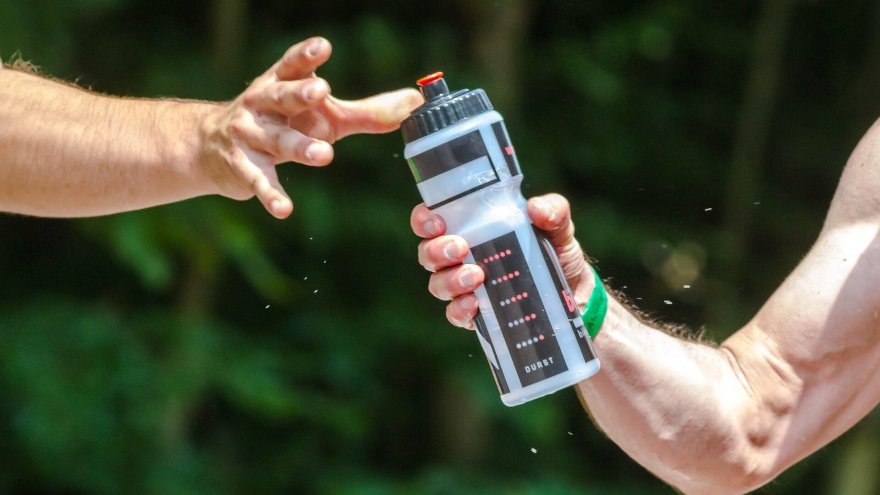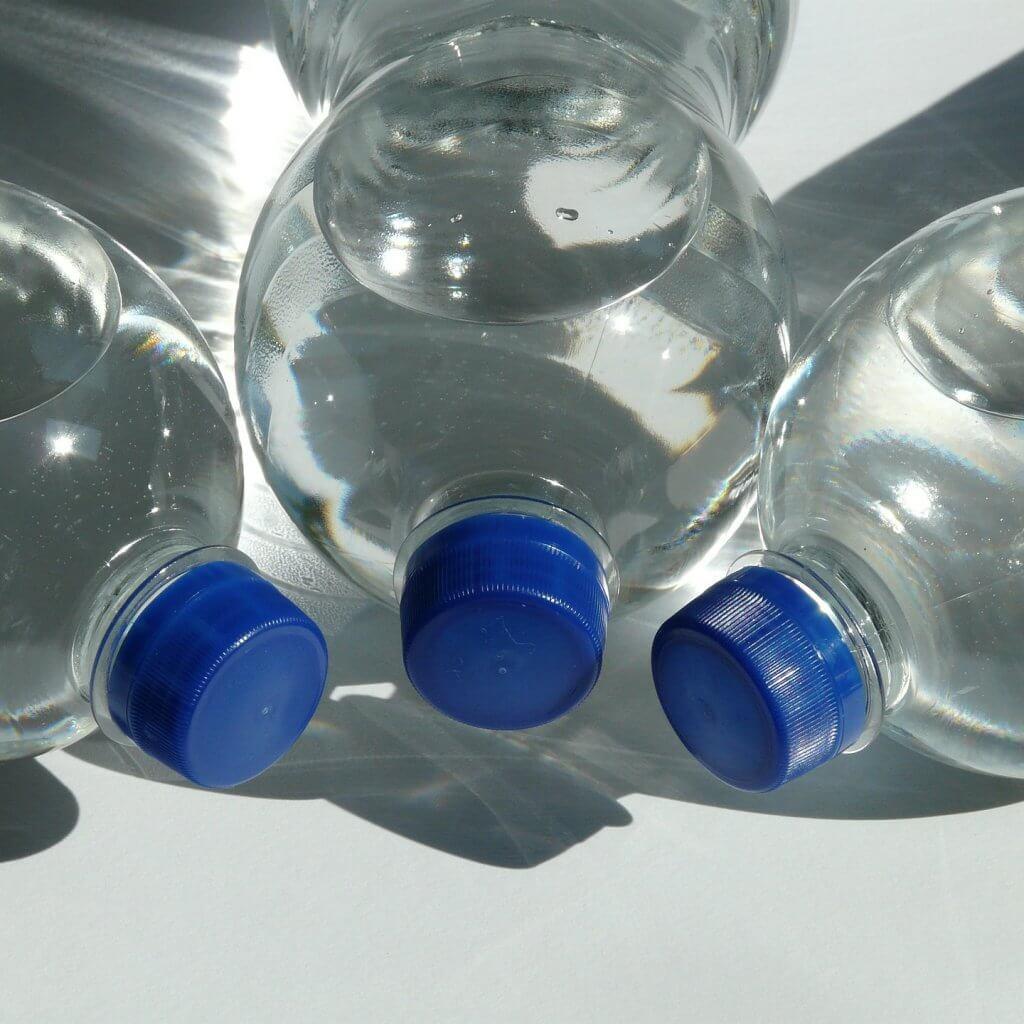4 Techniques For Hydrating When Running An Ultra Marathon

An effective hydration strategy is the key to an attainable ultra marathon distance. There are various ways to go about it; however, what’s most important is to choose a technique that works best for you. All of our bodies are diverse in that we respond differently as we attempt to keep our electrolytes in balance on race day. Here you will find 4 techniques for hydrating when running an ultra marathon. So in your thirst for crossing the finish line of an ultra marathon, stay balanced, stay in control, and most importantly, stay hydrated.
Super Hydrate
Depending on your current hydration abilities, and at the same time, factoring in the length between each aid station, you may be cable of super hydrating at each one. This technique requires a maximum intake of fluids at each aid station before each departure. The key is to hydrate repetitiously to the maximum of your abilities until reaching the finish line. This technique is an empty-to-full approach as you flirt with the bare minimum of your hydration tank. If one chooses this technique then it is best to bring along a handheld water bottle for backup and to hydrate in excess before the race begins. By hydrating your body above its normal state beforehand, it will help avoid any possibility of dehydration early on in the race.

Weight Loss
This systematic approach takes into account the amount of sweat lost per hour. To determine your sweat loss rate, weigh yourself naked before running. Next, run for one hour at race pace without sipping any fluids. (However, if you must hydrate during your run, be sure to record the amount of ounces consumed.) Finally, after the completion of your run, wipe yourself completely down of all sweat and weigh yourself naked again. Now you have your weight before the run and after your run, this provides the difference in pounds. Convert the pounds to ounces and subtract any water intake. Without excessive precision, this will provide the amount of water loss per hour. With this number, you will understand how much water is required for replenishment. Keep in mind, there are different variables which contribute to the outcome. For instance, perform this test in various weather conditions. Water loss through perspiration will vary in the cold versus in the heat. By completing this test within multiple weather patterns, you will be ready for any adverse weather that comes your way.

Time Intervals
Another hydration technique is to consume constant small sips throughout the entire race. For example, some will run with a hydration pack and consistently take small sips throughout the entire race every 20 minutes. The time intervals used are designed solely by the runner him or herself and will be based on prior experience. Nevertheless, most hydration packs hold up to 32 ounces of fluid so the requirement for refills is reduced significantly. By using this technique, one may have an easier time running self-supported by minimizing the dependence on aid stations or water stops. On the flipside of things, a hydration pack forces one to run with more weight.
Drink When Thirsty
This technique is the most simplistic approach and proves to be exceedingly effective. Basically, run until you are thirsty than re-hydrate. It is certainly useful to bring along a hydration pack or a hand held bottle to assist you in between aid stations. So you may ask, “How do I know if I am dehydrated?” Typically, a runner knows when they are thirsty. Dry mouth, salty skin, or a slower pace can be dead giveaways. However, one way that is actually measurable would be to monitor the color of your urine. Yes, the color of your urine. Look, ultra running is far from sexy with little commercial appeal. Common race day practices like spilling drinks on yourself, urinating in bushes, and falling flat on your face relates closer to a 21st birthday party then a segment you would find on ESPN. However, we do whatever is needed to keep moving forward to finish those long and exhausting miles. Those miles are self-demanding and can break us into pieces if we are not properly trained and properly hydrated.

So there you have it: 4 techniques for hydrating during an ultra marathon. I cannot stress enough the importance of hydration and keeping your electrolytes in balance. It’s essential to make excellent hydration habits a way of life both in and out of your running shoes. Without proper hydration, our bodies cannot function especially when adding in the level of stress an ultra marathon puts on our bodies. Personally, I use a more holistic approach by fueling with coconut water and regular water while drinking to thirst. That being said, there are a million and one different sport drinks and endurance powders one can choose from to help with hydration on race day. Furthermore, by using one of the techniques listed you will be on your way to your next finish line energized, healthy, and hydrated.
Latest Articles
 Is Running on a Treadmill Easier Than Running Outside?Runners have their own preferences, whether it is treadmill running, running outside on the road, or exploring trails. So...
Is Running on a Treadmill Easier Than Running Outside?Runners have their own preferences, whether it is treadmill running, running outside on the road, or exploring trails. So... Is It OK to Use Trail Running Shoes on the Road?While trail running shoes can be used on roads, especially in situations where a runner encounters mixed terrains or pref...
Is It OK to Use Trail Running Shoes on the Road?While trail running shoes can be used on roads, especially in situations where a runner encounters mixed terrains or pref... How to Fix Sore Quads After Running?Rest, ice, gentle stretching, and over-the-counter pain relievers can help soothe sore quads after running. Also, ensure ...
How to Fix Sore Quads After Running?Rest, ice, gentle stretching, and over-the-counter pain relievers can help soothe sore quads after running. Also, ensure ... 10 Fruits With The Most Electrolytes to Replace Sports DrinksThese fruits are high in electrolytes such as potassium, magnesium, and calcium, essential for hydration, muscle function...
10 Fruits With The Most Electrolytes to Replace Sports DrinksThese fruits are high in electrolytes such as potassium, magnesium, and calcium, essential for hydration, muscle function...

